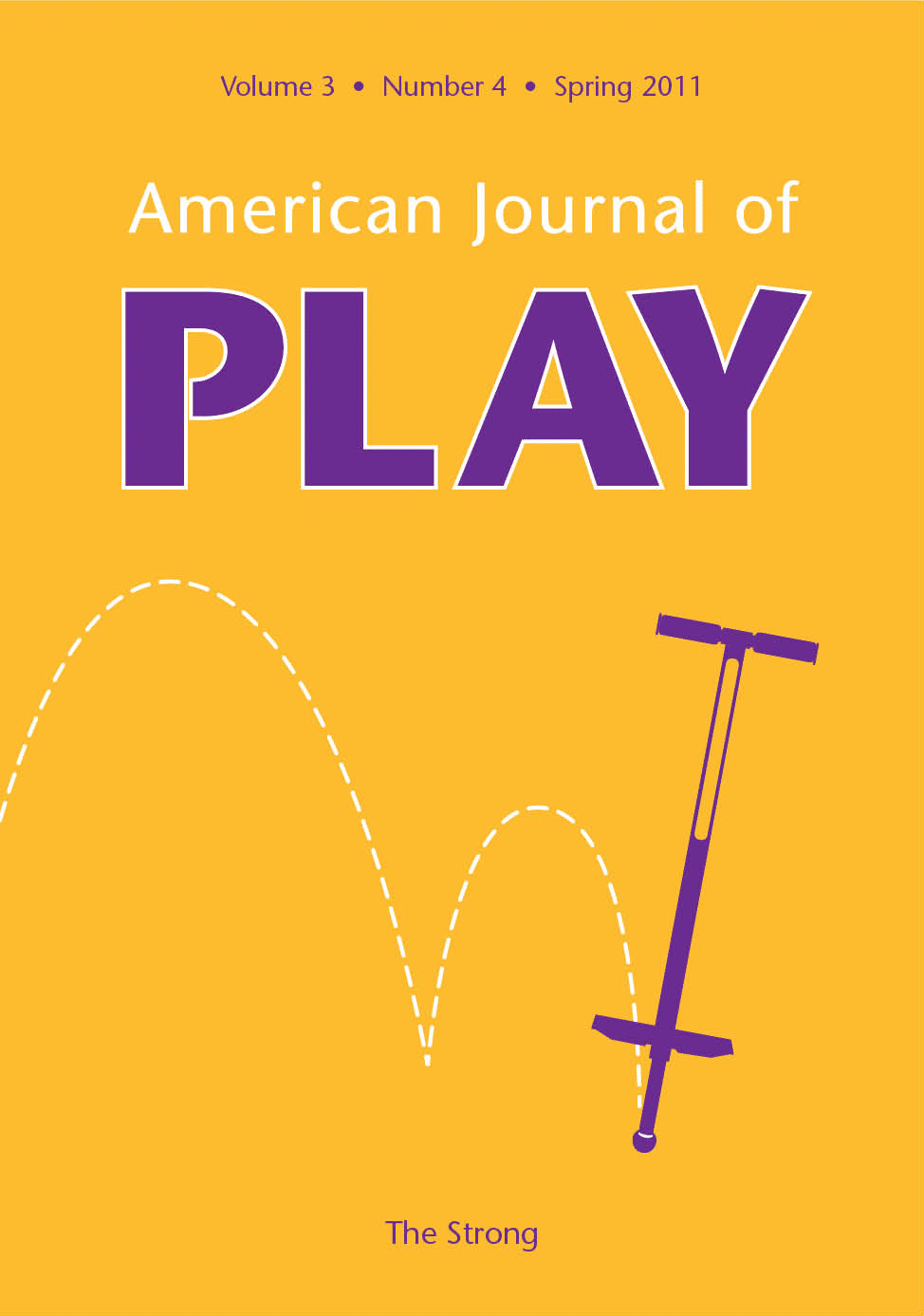Why Parents Should Stop Overprotecting Kids and Let Them Play: An Interview with Hara Estroff Marano and Lenore Skenazy
Hara Estroff Marano and Lenore Skenazy have long observed and chronicled the decline of free play in the United States. Marano, for nearly twenty years an editor at large for Psychology Today and formerly its editor in chief, writes feature articles and the magazine’s advice column, “Unconventional Wisdom.” She has also written about human emotion and behavior for Smithsonian, Marie Claire, New York Magazine, Self, the New York Times, and others. Marano is a member of the advisory board of the Bringing Theory to Practice Project, an Association of American Colleges and Universities initiative, which promotes the cognitive, emotional, and civic development of students. She is the author of Why Doesn’t Anybody Like Me? A Guide to Raising Socially Competent Kids (1998) and A Nation of Wimps: The High Cost of Invasive Parenting (2008). Skenazy is a nationally syndicated columnist and former staffer of National Public Radio and Mad Magazine. She wrote Free-Range Kids: How to Raise Safe, Self-Reliant Children (2010) and created the Free-Range Kids blog. In this dual interview, Marano discusses the faltering resilience of young people, the rise of cautious overparenting, and narcissistic parental expectation; and Skenazy describes how misplaced fear drives American parents to comic lengths in protecting their children against imagined danger. Key words: coping skills; free-range play; nation of wimps; outdoor play; parenting styles; parental fears




